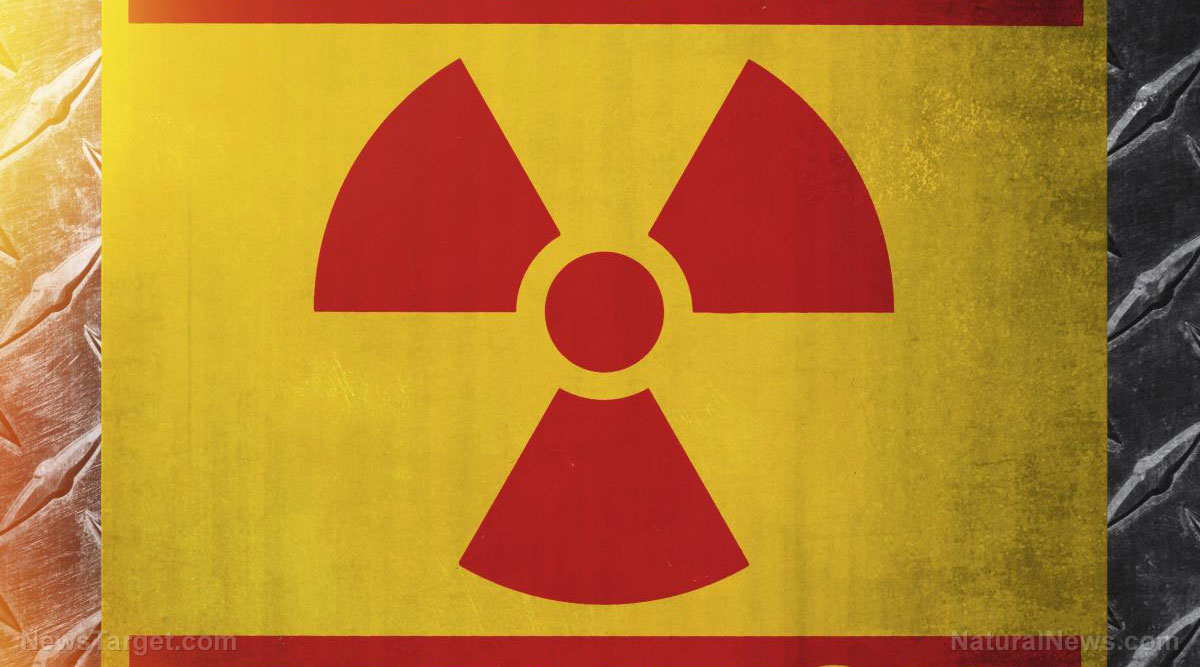
The warehouse sits near the town of Berger, Mo., and just southeast of Hermann, Mo., in an area dense with weeds. According to the SeattleTimes.com, the building is just across the road from Little Berger Creek, a body of water which empties into the Missouri River. As of this writing, the Missouri Department of Natural Resources has not yet issued any statements about the potential health risks posed by the hazardous waste.
A lawyer for Missouri Green Materials owner Penny A. Duncan said that she was unaware that the waste was, in fact, hazardous. Attorney Paul D'Agrosa stated that Penny A. Duncan was told by her husband and general manager Daryl Duncan that the waste was actually recyclable and could be re-purposed into concrete additives.
According to the federal indictment, however, about 300,600 pounds of hazardous waste a day was shipped to the Missouri Green Materials warehouse in rural Franklin County between Oct. 30, 2013 and Dec. 3, 2013. Penny A. Duncan coordinated the shipment of these hazardous waste over the course of 20 days, while Daryl Duncan knew the waste had been contaminated with high levels of cadmium.
The waste is composed of spent “bead blast” waste, the byproduct of the removal of paint from military base equipment like tanks and planes. As a result, the waste contained the heavy metals cadmium, lead, and chromium, which are typically present in paint pigments.
Prior to being shipped to Missouri Green Materials, the waste remained under the care of Ohio company U.S. Technology Corp. of Canton. The company supposedly leased the materials to clients and was in charge of disposing the waste. Instead, U.S. Technology hired the company Hydromex to recycle the waste for them. Hydromex shut down in 2002, and in 2006 its former President Dennie Eugene Pridemore was accused of defrauding the government by dumping the waste in Yazoo City, Miss., leading to Pridemore being slapped with a 41-month-long prison sentence in 2008.
U.S. Technology President Raymond Williams then agreed to remove the waste in 2003, 2011, and 2013. However, in 2008, U.S. Technology filed a lawsuit against Mississippi regulators claiming that the waste was hazardous and could therefore not be recycled. After this, Williams had the waste shipped to Missouri in hopes that “it would become somebody else's problem,” claimed D'Agrosa.
Moreover, court documents revealed that the state of Mississippi asserted that Williams had failed to inform the Mississippi Department of Environmental Quality of his plan to ship the waste to Missouri Green Materials, nor had Williams obtained a permit to do so.
A 2016 consent agreement revealed that the U.S. Environmental Protection Agency (EPA) and U.S. Technology agreed to formulate the plan to properly remove the waste from Missouri Green Material's facility where it was being stored in 55-gallon drums and four-foot-square “supersack” containers. In addition, they would test for any soil contamination.
But federal prosecutors stated that the waste had remained in the facility well into April, when the indictment had been handed out. D'Agrosa said that he had not been informed of any contamination or leaks. (Related: High cancer rates occur near St. Louis creek contaminated with nuclear waste; government says no connection, blames cancer on 'poverty'.)
Williams, his lawyer, and Daryl Duncan have all declined to comment on the case.
To remain abreast of the happenings in Missouri, simply visit Environ.news today.
Sources include:
Please contact us for more information.























